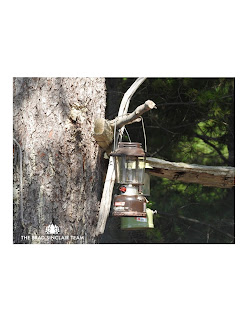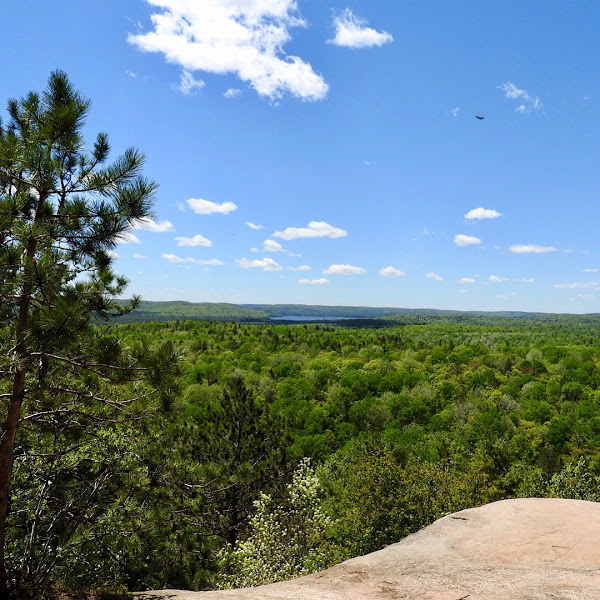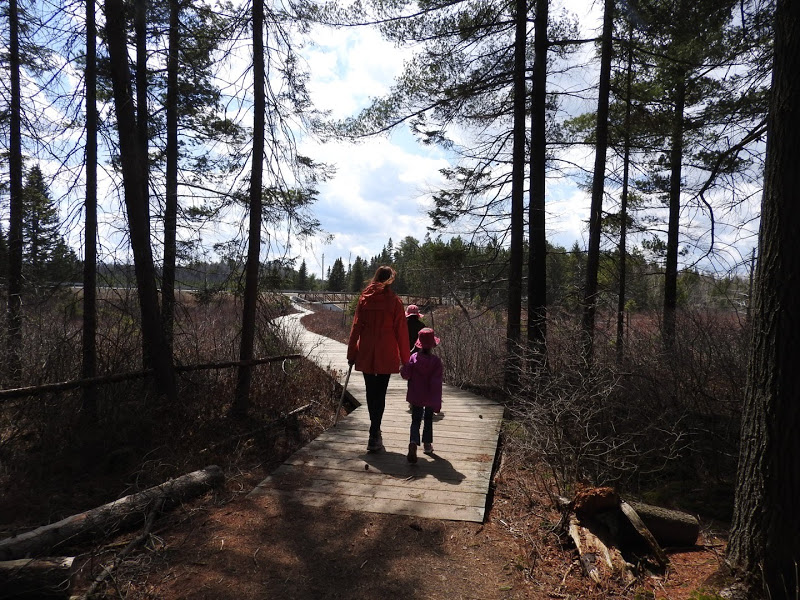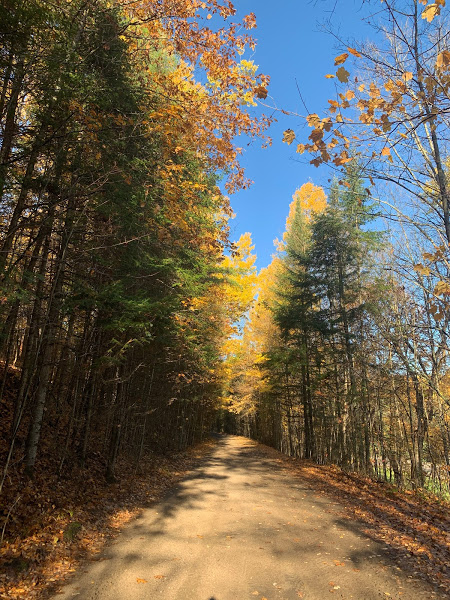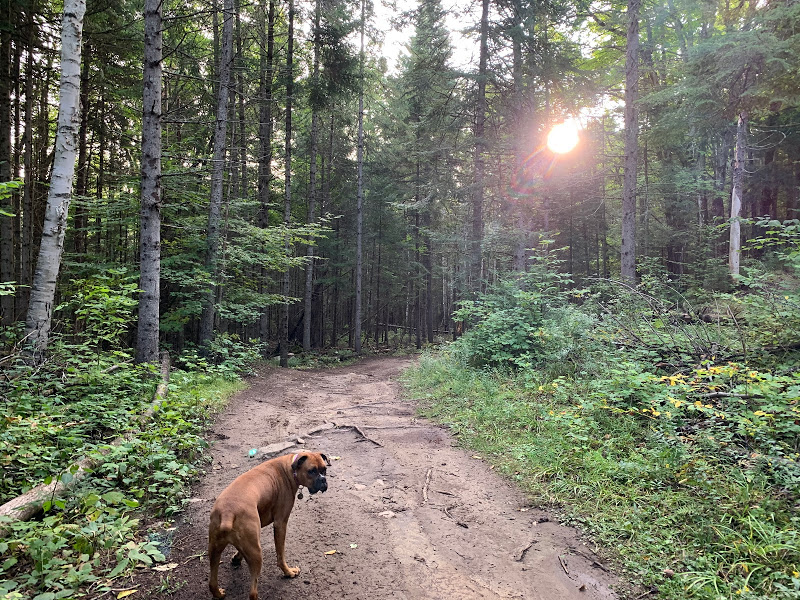Balsam Lake Provincial Park
Balsam Lake Provincial Park is one of the most popular
parks in Ontario located approximately 2 hours from Toronto. There are 5
campgrounds and 3 hiking trails, as well as a large clean sandy beach on Balsam
Lake, where you can rent canoes, kayaks and pedal boats. This lake is one of
the cleanest lakes in the Kawartha Lakes area, which makes for great swimming. The park is approximately 449 hectares in size. There are
education programs throughout July and August, where you can learn about the
natural environment and local history through a variety of children's programs,
guided hikes, evening presentations and more.
There is also some great fishing for large and smallmouth bass, walleye, and muskellunge.
You can find a wide range of birds from hummingbirds, cardinals, Northern
orioles, Pileated woodpeckers, hawks, osprey and owls. Balsam Lake Provincial Park
contains suitable habitat for other species at risk found in the immediate
vicinity of the park. Other wildlife that maybe found within the park include
white-tail deer, wild turkey, racoon, frogs and turtles. Projects to enhance or
restore native wildlife habitat will be considered and implemented where
feasible and appropriate.
Balsam Lake Provincial Park offers many different
options for accommodations and camping. Explore the shores of Balsam Lake via
the hiking trails. Plantation Trail (4.2 km) and Lookout Trail (2.6 km) are
both connected by Lorie’s Link (2.7km). Lakeshore trail (1km) runs along the shore
of Balsam Lake providing pedestrian access from the lakeshore campgrounds to
the day-use area including the boat launch, boat rentals and beach. Self-use
cross-country skiing and snowshoeing are also available in the winter.
There is a tree nursery area located within the park
to grow seedlings for in-park restoration and landscaping projects. This
nursery may be expanded. Balsam Lake Provincial Park will be maintained in as
natural a state as possible. Native plant species may be planted for the
purpose of restoration, enhancement of existing natural areas, shoreline
management, or rehabilitation of trails, roads, or campsites.
Brad Sinclair
